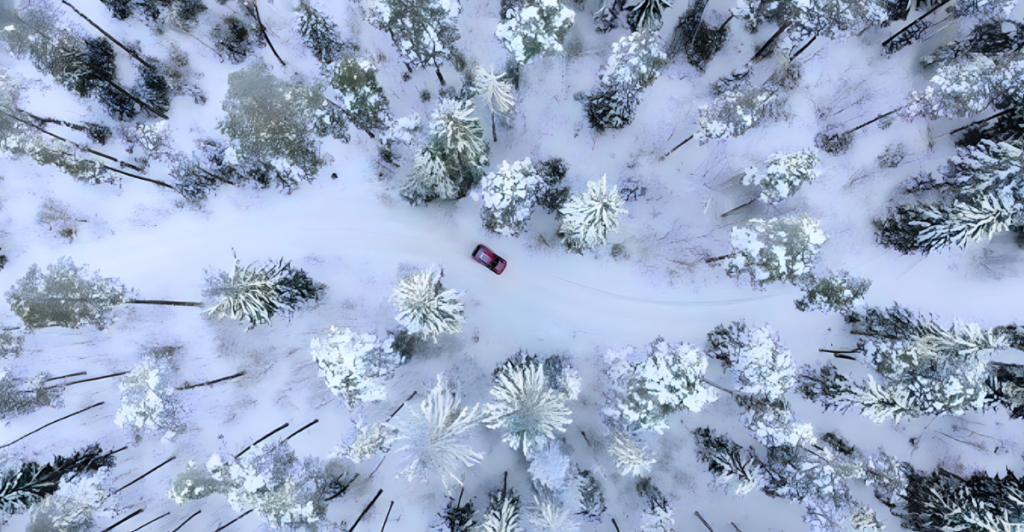
Recent discussions around climate change solutions have led to a growing trend of tree planting in Arctic regions, including Alaska, Greenland, and Iceland. While this initiative is intended to sequester carbon and combat rising temperatures, new research indicates that it may actually exacerbate the problem. Findings published in the journal Nature Geoscience reveal that planting trees in these high-latitude areas could be more harmful than beneficial, prompting scientists to call for a reevaluation of such strategies.
The Misguided Trend of Tree Planting
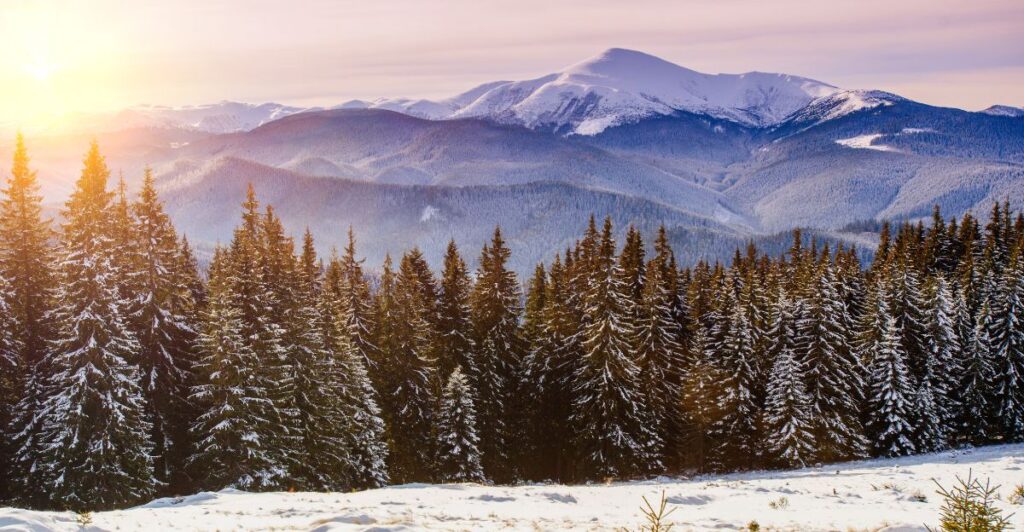
The idea of planting trees as a means to mitigate climate change has gained traction globally. However, in the Arctic, this approach is proving to be misguided. Recent studies highlight that tree planting does not effectively address climate issues in these regions and may instead contribute to global warming. According to researchers, the unique environmental conditions in high-latitude areas make them unsuitable for traditional afforestation methods.
The Role of Albedo
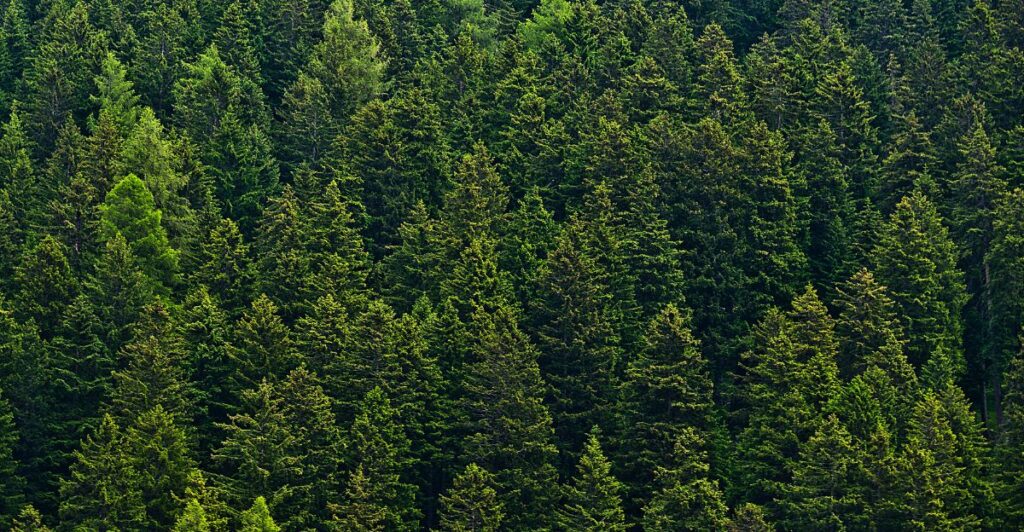
One significant factor contributing to the ineffectiveness of tree planting in the Arctic is the concept of albedo. Snow-covered surfaces reflect approximately 75% of solar radiation back into space, which helps keep the region cool. When trees are introduced, they darken the surface, leading to increased heat absorption and ultimately raising local temperatures. This warming effect negates any potential benefits from carbon sequestration provided by the trees.
The Carbon Stored in Arctic Soils
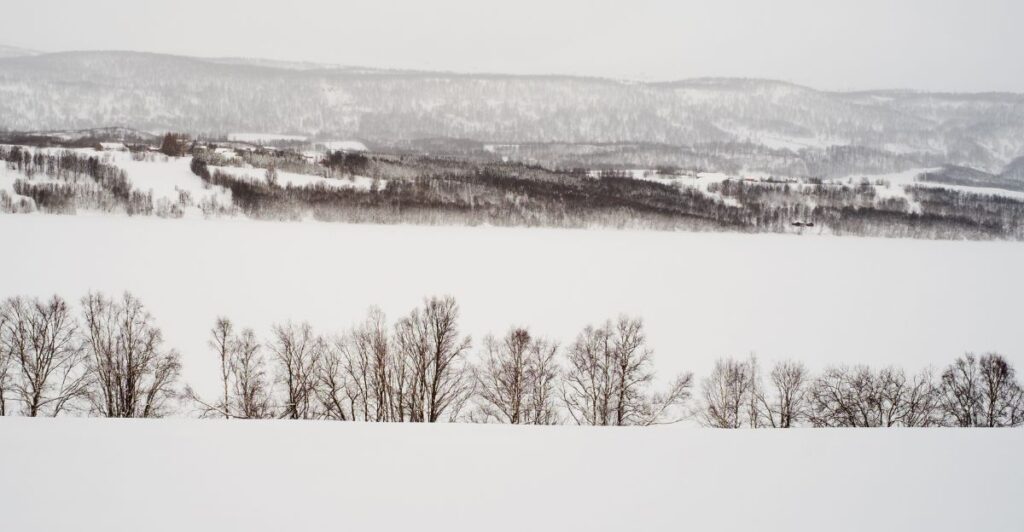
Arctic soils contain more carbon than all of Earth’s trees combined. This stored carbon is highly vulnerable to disturbance. When trees are planted, their roots release sugars that stimulate microbial activity in the soil. These microbes can break down ancient carbon reserves, releasing greenhouse gases back into the atmosphere and further contributing to climate change.
Impact on Indigenous Communities
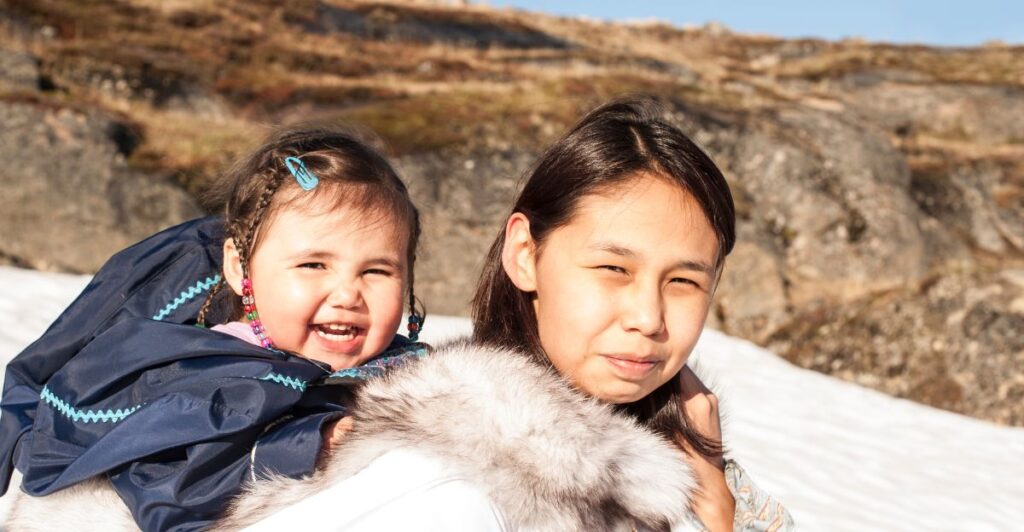
The push for tree planting also poses threats to Indigenous communities who rely on open tundra for traditional practices such as reindeer herding and caribou hunting. The introduction of large-scale tree farms disrupts these communities’ ways of life and jeopardizes their food security. The preservation of traditional land use is essential for maintaining cultural practices and biodiversity in the Arctic.
Biodiversity Concerns
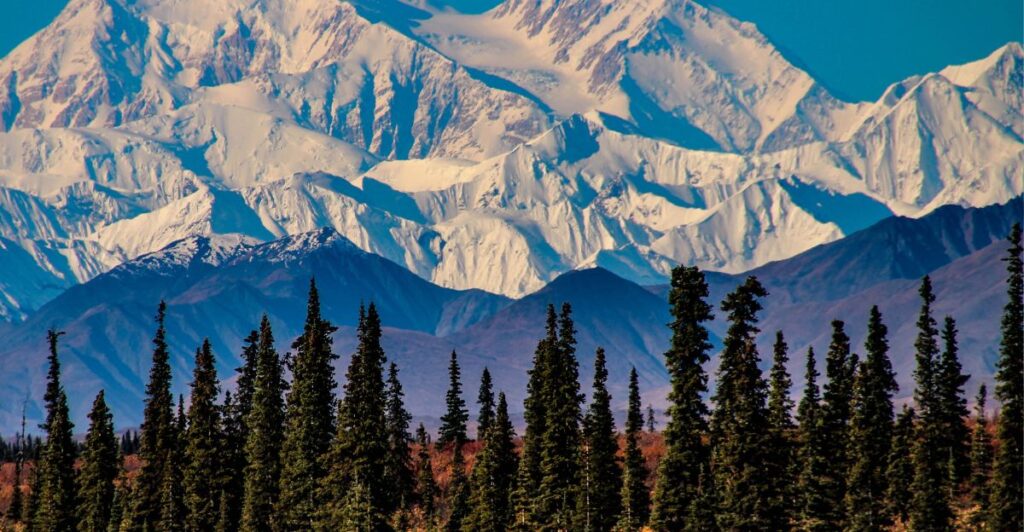
In addition to impacting Indigenous lifestyles, tree planting initiatives can harm Arctic biodiversity. The introduction of non-native species or monoculture plantations can disrupt local ecosystems and threaten native flora and fauna. Protecting the natural balance of these ecosystems is crucial for sustaining wildlife and plant diversity.
Risks from Climate Change
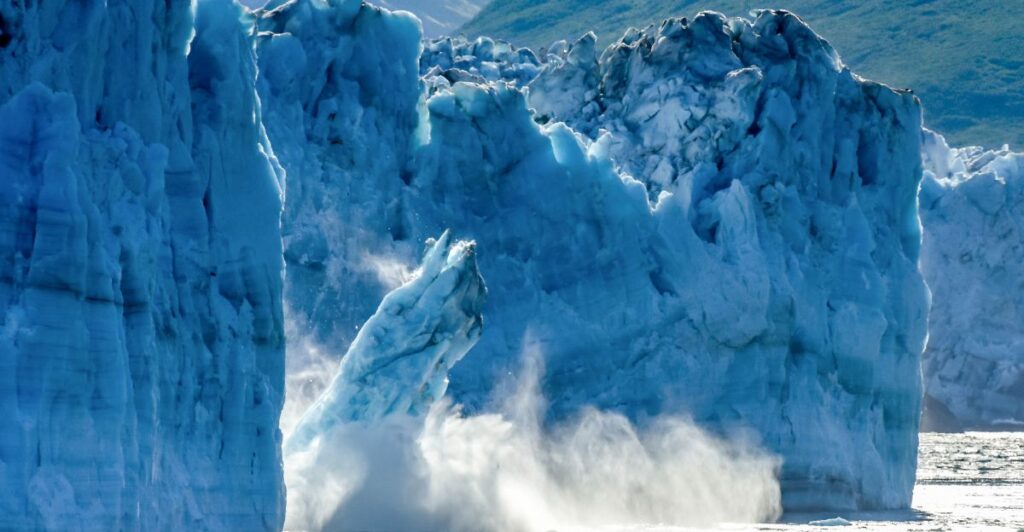
As temperatures continue to rise, Arctic regions face increasing risks from wildfires, insect outbreaks, and extreme weather events. These disturbances can devastate newly planted forests, leading to a loss of any temporary carbon storage achieved through tree planting efforts. The vulnerability of these forests underscores the need for more resilient climate solutions.
Alternative Solutions for Arctic Cooling
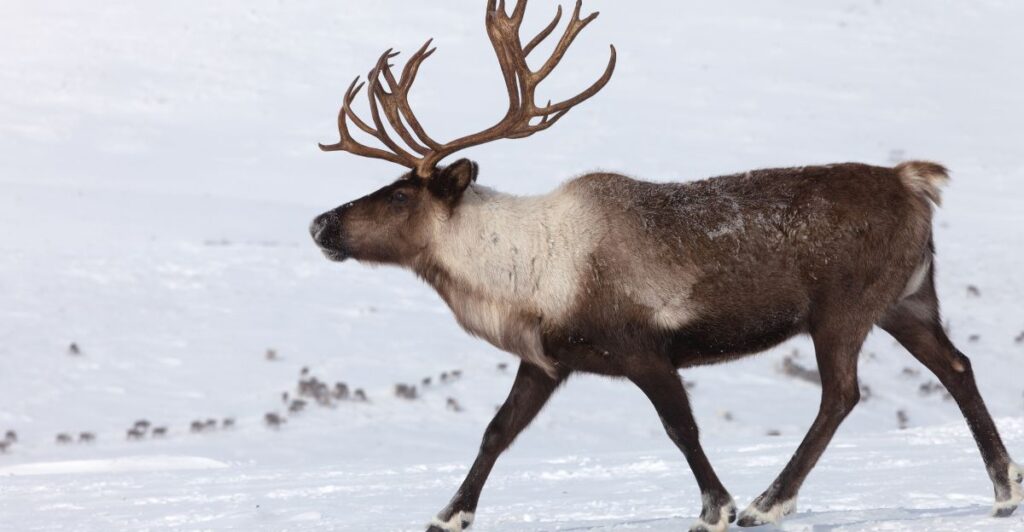
Fortunately, other strategies exist that may be more effective in addressing climate change in the Arctic. Large herbivores like caribou and musk oxen play a vital role in maintaining open tundra landscapes that reflect sunlight and help keep the region cool. Their grazing habits prevent overgrowth and promote biodiversity, contributing positively to local ecosystems.
Community-Led Conservation Efforts
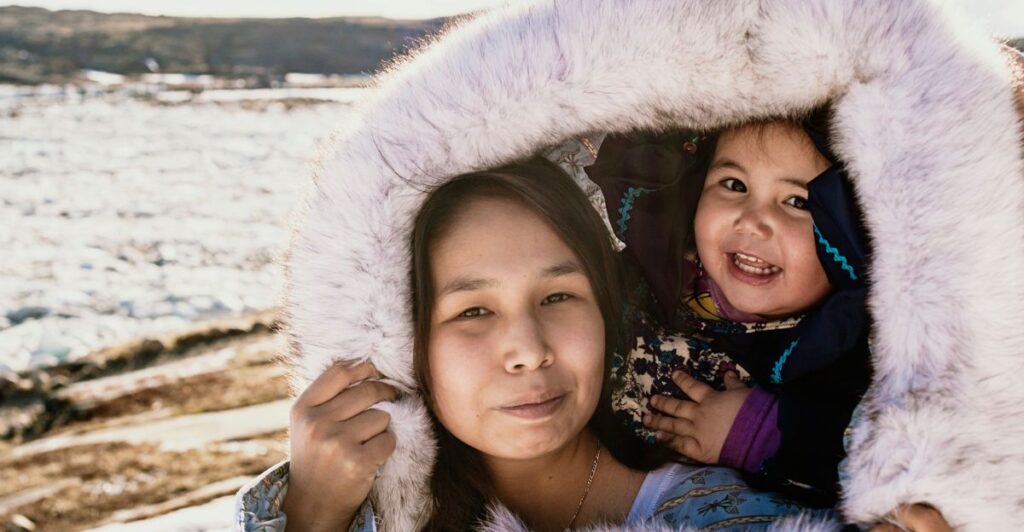
Indigenous communities are at the forefront of successful conservation projects aimed at protecting vital species and habitats in the Arctic. These initiatives often focus on sustainable land management practices that align with traditional knowledge and ecological understanding. Supporting these community-led efforts can yield better outcomes for both people and the environment.
Reevaluating Climate Solutions
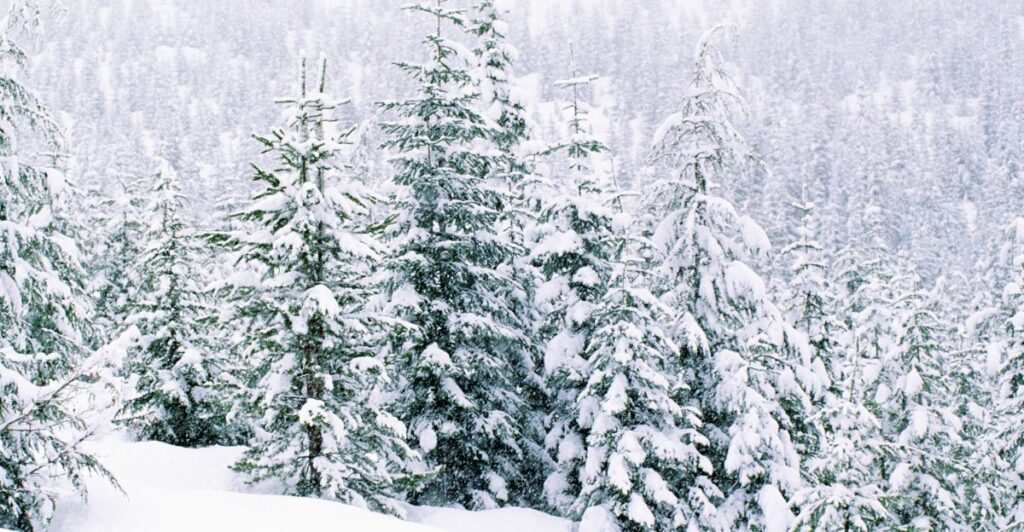
The findings regarding tree planting in high-latitude regions serve as a cautionary tale about implementing climate solutions without fully understanding their ecological implications. Policymakers must consider a broader range of factors when devising strategies to combat climate change, particularly in sensitive ecosystems like the Arctic.
The Need for Systematic Approaches
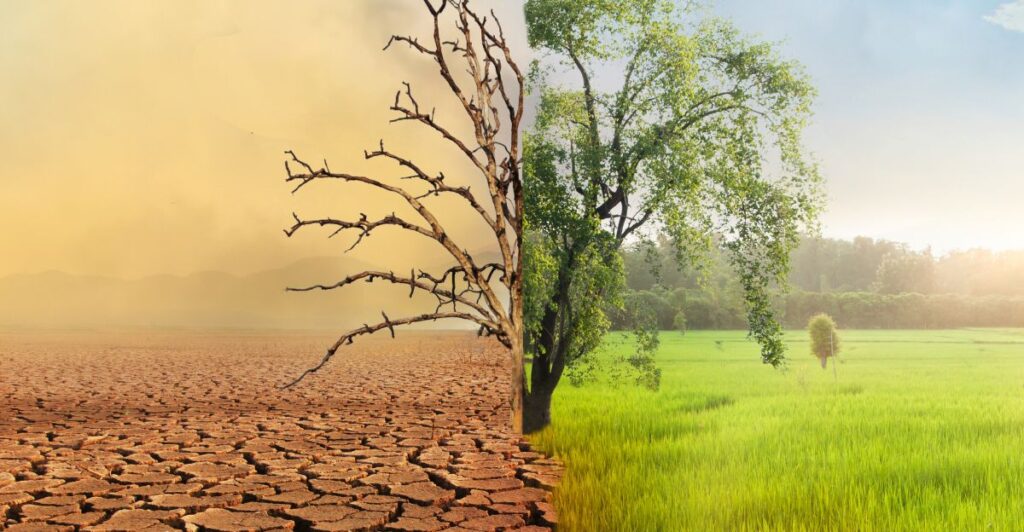
To avoid ineffective or counterproductive measures, it is crucial to adopt a systems-oriented approach when addressing climate change. This involves understanding how various Earth system processes interact and influence local climates. By prioritizing solutions that account for these complexities, we can develop more effective strategies for mitigating climate impacts.
A Call for Thoughtful Action
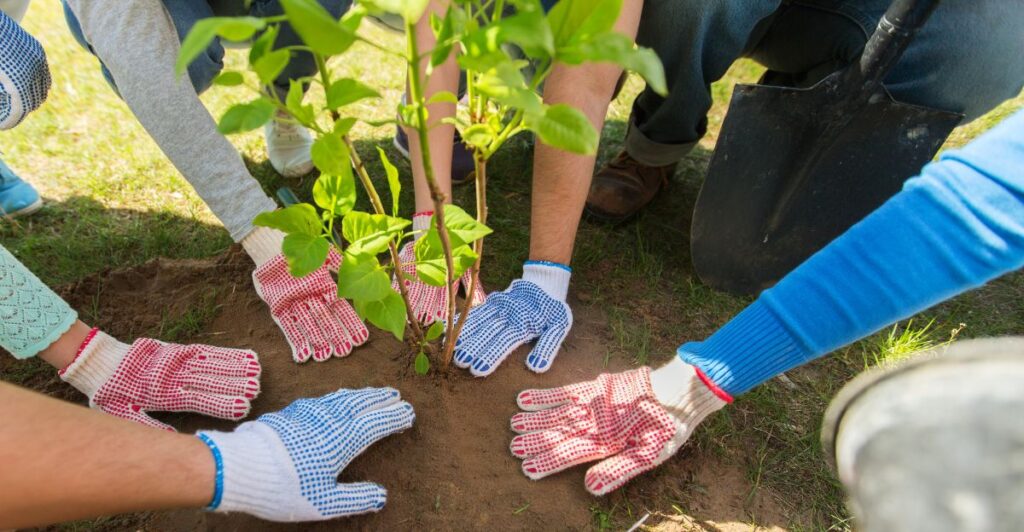
As discussions around climate solutions continue to evolve, it is imperative that we critically assess proposed initiatives like tree planting in vulnerable regions such as the Arctic. While well-intentioned, these efforts can have unintended consequences that worsen the very problems they aim to solve. Recognizing the unique dynamics of Arctic ecosystems is essential for crafting effective strategies.
Supporting Sustainable Solutions
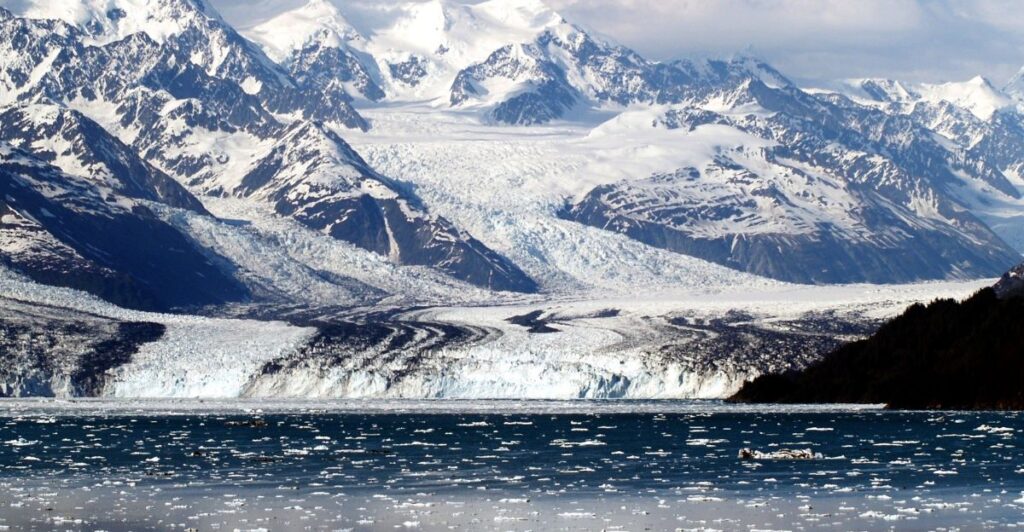
By prioritizing ecological integrity and supporting community-led conservation efforts, we can work toward sustainable solutions that truly benefit both our planet and its inhabitants. Protecting natural grasslands, preserving biodiversity, and empowering Indigenous communities are key steps in addressing climate challenges while safeguarding the Arctic’s delicate balance.
Discover more of our trending stories and follow us to keep them appearing in your feed

Climate Change Overestimated? New Data Shows Oceans Are Cooling The Planet Faster Than Predicted
A Climate ‘Time Bomb’ in the Mediterranean Threatens Global Weather—Is the U.S. Prepared?
13 Dog Breeds That Will Defend Humans No Matter What
Deepest Hole On Earth Permanently Sealed After 2 Billion Year Old Discovery
References:
Reference 1
Reference 2
Reference 3
This article first appeared here
Stay connected with us for more stories like this! Follow us to get the latest updates or hit the Follow button at the top of this article, and let us know what you think by leaving your feedback below. We’d love to hear from you!







